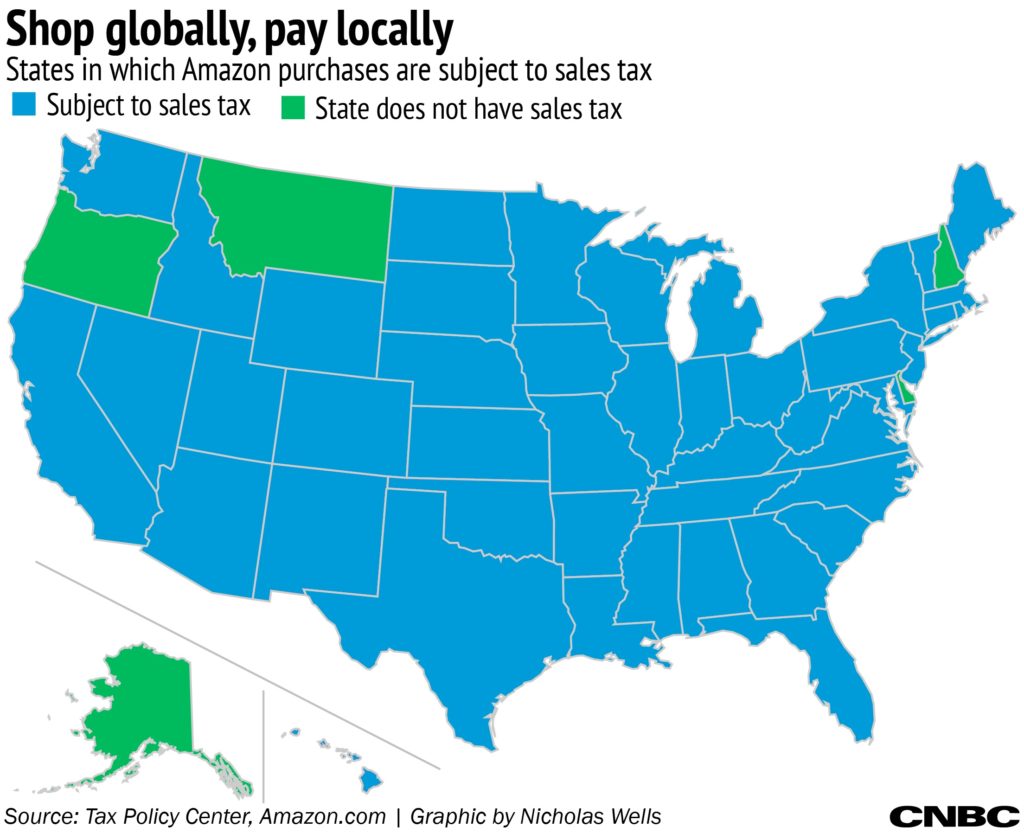Despite the cascade of store closings, liquidations and bankruptcies, there are strong indications that pure-ecommerce, not stores, may be the endangered model. 13D Research This was an article I highlighted in my weekly ecommerce newsletter and this quote from 13D Research has been sticking in my mind. We are in a new phase of commerce in which a combined online and offline strategy will determine who are market leaders. I don’t believe this as being the moment for omnichannel (I despise the word as it is a buzzy concept that could mean a thousand things) but rather the first time in history that commerce is an experience on and offline.
The dot.com thinking
Retail has been dead since 1999 according to startup founders and ecommerce investors. Every purchase should have gone through ecommerce and physical retail should have not existed according to these subjective individuals. The simple truth for me is that we are beginning to see the creation of integrated commerce. Amazon, Walmart, Alibaba and JD.com are investing in retail locations as well as their online efforts to grow market share and leave their competitors extended financially and at their mercy.
Retail is ultimately at a tipping point and their is no turning back. If you are a pure play ecommerce business your customers are going to walk into physical locations of your online competitors. The real story is that we have 4 horseman in 2 large geographies that have large balance sheets we are a point of innovation and change.
The final indicator of this change was Amazon acquiring Whole Foods Market out right and making it a subsidiary. Jeff Bezos always said that Amazon would open stores when it made sense.


